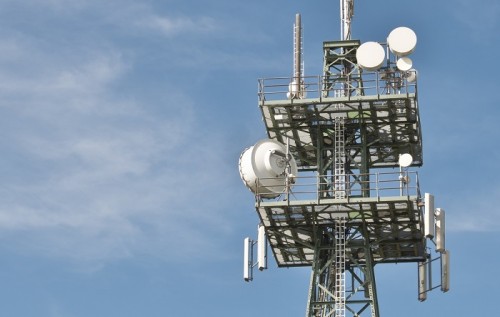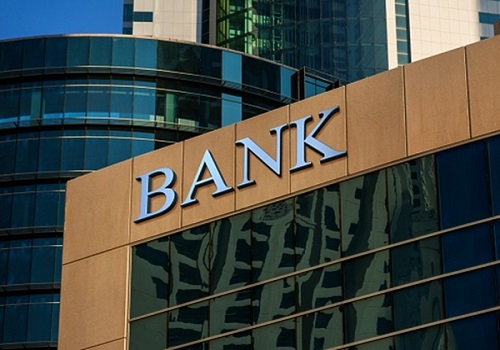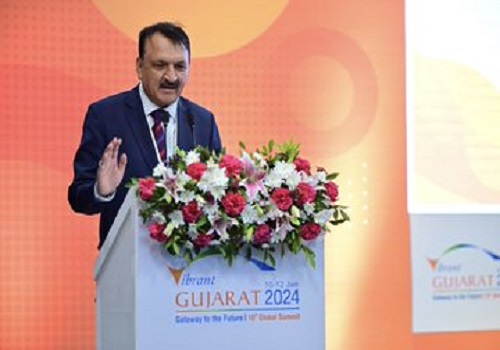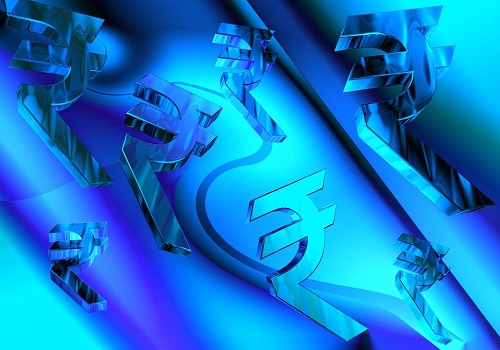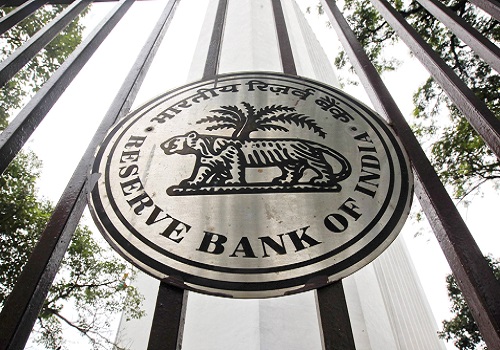Oil and Gas sector Update - From 8,000ers to a mushroom land By Motilal Oswal

Follow us Now on Telegram ! Get daily 10 - 12 important updates on Business, Finance and Investment. Join our Telegram Channel
https://t.me/InvestmentGuruIndiacom
Download Telegram App before Joining the Channel
From 8,000ers to a mushroom land
Impact of EV chargers on Indian transportation fuel companies
* There are only 14 mountain peaks globally that are higher than 8,000m, and hence are in an enviable position. In a similar commanding position are OMCs (IOCL, BPCL, and HPCL), with ~90% of total petrol/diesel market share, and CGDs (IGL, MAHGL and GUJGA), which enjoy an almost virtual monopoly in their respective areas. However, with the entry of electric vehicles (EVs), these conventional players (OMCs and CGDs) stare at a future where they would be just me-too players.
* As the transportation fuel industry aligns with new age solutions of EVs and hydrogen fuel cells, the nature of the new-age refueling solutions, with almost no storage requirement and absence of much critical safety concerns associated with highly flammable petrol, diesel and CNG, would decimate the oligopoly of OMCs and CGDs.
* Our research concludes that contrary to the expectations of most investors, the market share of OMCs and CGDs, despite their efforts to align with new age solutions, would eventually shrink, thereby challenging the long-term volume growth prospects of these companies.
First petrol/diesel made way for CNG
* With ~90% market share in marketing infrastructure like pipelines, terminals, and depots, OMCs command a market share of 90% in petrol and 89% in diesel across India. This, despite the deregulation of petrol in CY10 and diesel in CY14. Despite the deregulation in Auto fuels, non-OMCs like RIL, Nayara Energy, and Shell have not been able to ramp up their presence in a meaningful way.
* A closer look at Delhi and even Gujarat suggests that CNG has put pressure on the market share of petrol/diesel. Delhi, in particular, has shown a marked increase in the market share of CNG to 40% in FY20 from 30% in FY13. Gujarat has also shown a 2% increase in market share of CNG during the same period.
* While petrol’s market share has remained the same ~30% in Delhi during this period, diesel’s market share has shown a drastic decline to 29% from 40%. This has been aided by restrictions on the entry of diesel trucks in Delhi. Gujarat has not shown a marked rise in market share of CNG as the focus on creating a network of retail outlets has gathered steam only in the past 2-3 years.
EVs: Ease of operations to challenge the hegemony of OMCs/CGDs
* Charging at parking spaces: Due to the longer time needed to charge an EV v/s a petrol/diesel/CNG vehicle, the most common model that is emerging for EVs is charging at parking spaces. Since petrol/diesel/CNG are highly flammable, it requires storage and high safety standards, making sales of these fuels a complex activity.
* EV charging is much simpler as it does not require any storage or handling of flammable/hazardous substances. As a result, residential complexes, office buildings, malls, bus depots, public parking lots, resorts, etc. will see a significant amount of EV chargers.
* Norway, where EVs command a 75% market share in new car sales, boasts of 90,000 home chargers compared with 1,100 fast chargers and 7,500 public normal chargers (Jan’19). Similarly, China has 900,000 home/workplace chargers compared with 800,000 public chargers.
India’s EV charging market starts to mushroom
* India has a total of 1,867 electric chargers as of Mar’21. A total of 2,877 chargers has been sanctioned in two tranches of FAME-II.
* It is not clear as to how many of these would be installed at existing/upcoming Retail outlets of OMCs. So far, REIL, which has received sanction for the largest number of electric chargers, has opened them only in government parking areas in municipal corporations, and at metro and railway stations.
* Magenta, an Indian charging network player, has recently opened India’s largest public EV charging in Navi Mumbai, and targets an installation of 4,000 charging stations in FY22 itself. Other players like Fortum Charge & Drive, Volttic, Charge + Zone, EVI Technologies, Statiq, etc. have already come up. Compared with these, IOCL, the largest Auto fuel retailer in the country, has opened only 257 charging stations so far.
Impact on OMCs & CGDs
* While it is given that EVs and then hydrogen fuel cells would eat away market share of petrol, diesel and CNG going forward, our report has focused on that eventuality and not on the when part of it. As we mentioned above, as long as the EVs are fuelled with grid-electricity and not fuel cells, threat remains for loss of market share for the OMCs as well as the CGDs.
* Lower safety, nil storage/handling of flammable/hazardous fuel/chemicals would see emergence of several smaller players, which would cut through the market share of the OMCs and CGDs in transportation fuels combined (petrol/diesel/CNG/electric).
* Since CNG is more an urban phenomenon so far, the adverse impact would be much more pronounced on CGDs rather than OMCs. Among the CGDs, the most adversely impacted would be IGL and MAHGL in which have CNG accounts for ~75% of sales.
Valuation and view
* As a result of the threat to CNG, we reiterate our Neutral rating on IGL, with a TP of INR510, valuing it at 24x Sep’23E EPS. It would continue to see good volume growth (~15%) over FY22-24E. However, questions remain on long-term volume growth. As highlighted in our detailed report, additional risk remain in the form of sustainability of EBITDA/scm.
* We still maintain our Buy rating on MAHGL due to its cheaper valuation, with a TP of INR1,315, valuing it at 16x Sep’23E EPS. Like IGL, MAHGL too faces threat to its EBITDA/scm, which we have normalized to INR10 in FY23E/FY24E compared with INR11.6 in FY21.
* We continue to prefer GUJGA as most of its volumes accrue from the Industrial segment, which would not be impacted by EVs. We reiterate our Buy rating, with a TP of INR860, valuing it at 28x Sep’23E. Any developments in hydrogen fuel cells, which could replace natural gas with green hydrogen in industrial applications, could pose a threat to the company.
To Read Complete Report & Disclaimer Click Here
For More Motilal Oswal Securities Ltd Disclaimer http://www.motilaloswal.com/MOSLdisclaimer/disclaimer.html SEBI Registration number is INH000000412
Above views are of the author and not of the website kindly read disclaimer
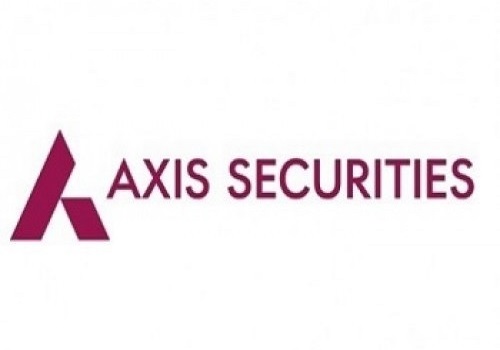


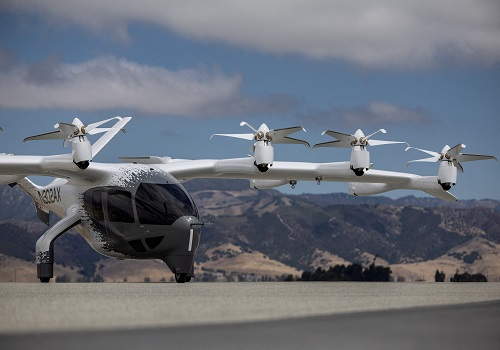

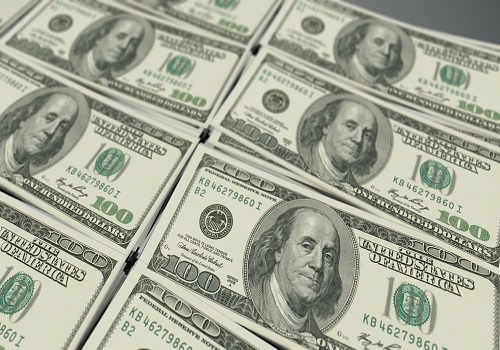
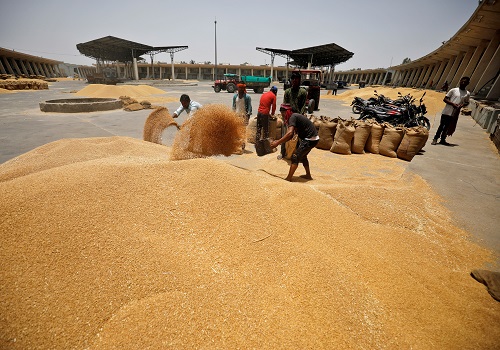
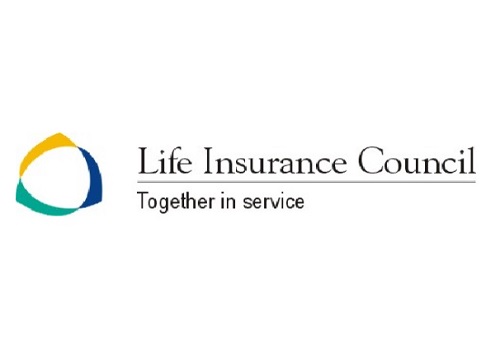
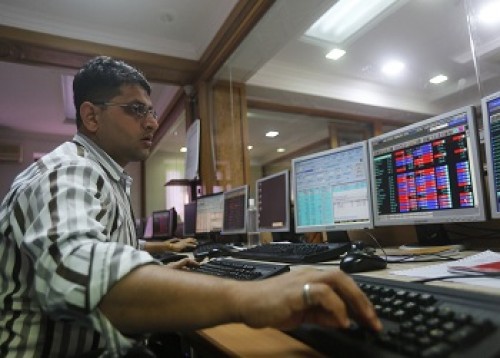

Tag News
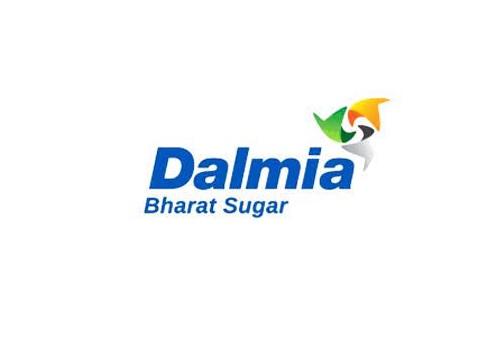
Buy Dalmia Bharat Ltd For Target Rs.2,400 - Motilal Oswal Financial Services Ltd
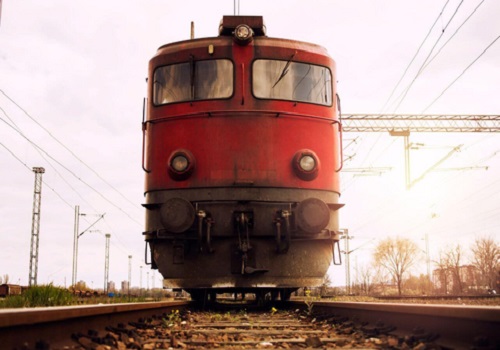
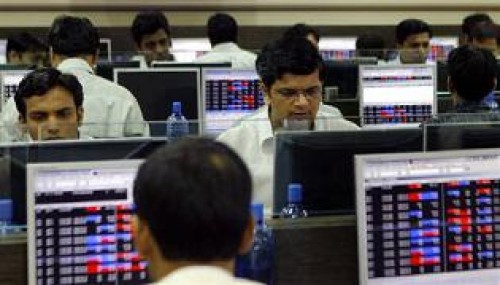
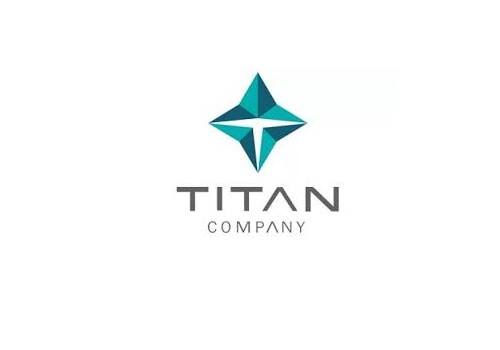
More News
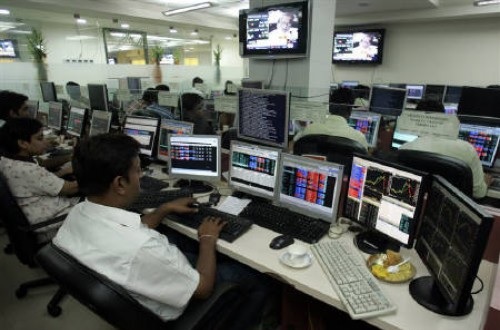
Banking Sector Report - Indian States Banking Barometer series #4: Gujarat By ICICI Securities
